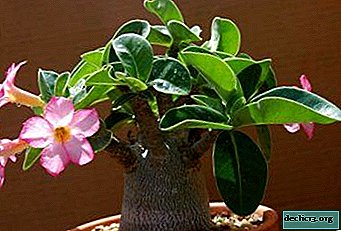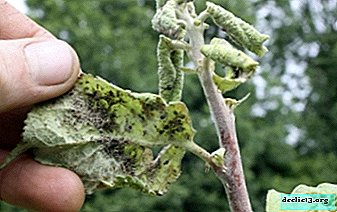Woodworking oil
Soaking a tree with linseed oil is the most affordable way to protect it from rotting without the help of expensive tools. Oil treatment of wood begins with surface preparation. The wood is cleaned of dirt and plaque and dried well. You can proceed in two ways.
Method One: Rubbing
The tree is rubbed along the fibers with fine-grained (P400) sandpaper soaked in oil (linseed oil), after which it is allowed to dry. Ideally, this procedure is carried out 3-4 times, and is given a day or two to dry. For the last time, instead of sandpaper, the surface is sanded with an oiled rag. This oil treatment of wood is possible when covering large areas.
The second way. Soaking.
The second method is suitable for oiling small items: crafts, knife handles, etc. The product is completely immersed in oil for several days, then wiped with a cloth and dried. Impregnation of a tree with linseed oil without additives takes several weeks due to the fact that it cures very slowly.
There are two ways to speed up the drying (polymerization) of oil:
- replace it with drying oil;
- add drier to the oil - polymerization accelerator.
Drying oil is the same oil, only boiled with the addition of metal oxides. Processing a tree with oil takes longer because oil without additives contains a large amount of linoleic acid - namely, it does not allow it to harden quickly.
Desiccants are hardeners that are added to all paints and varnishes. They can be easily purchased at a hardware and hardware store.
Why is wood treatment with linseed oil necessary?
- Oil impregnation of a tree is better than varnishing. On varnished surfaces, scratches and dents are clearly visible, which, in addition, reduce the effectiveness of the coating: water will certainly enter the cracks.
- Processing wood with oil does not make it unpleasant to the touch. The item retains its original texture (unlike varnished wood).
- Oil gives the coating a soft shine that does not fade over time, as the coating does not crack.
- Impregnation of wood with linseed oil will perfectly protect it from moisture and decay. Oil clogs the smallest pores into which water no longer seeps.
Oil impregnation of a tree is a long process, but the effect of it is worth it! And by the way, hemp is an alternative to linseed oil.

















